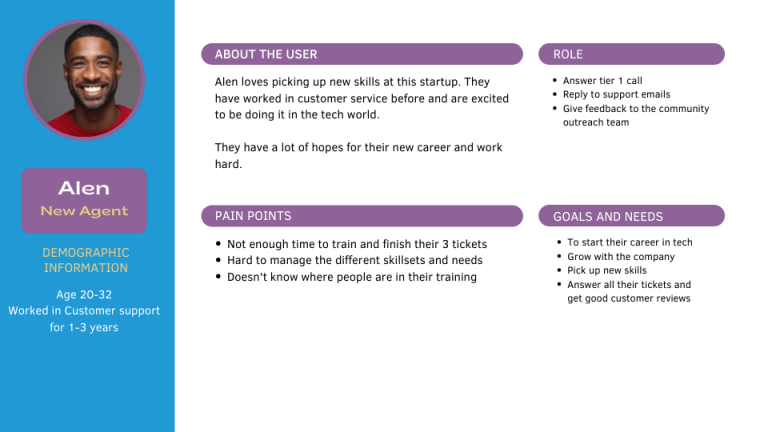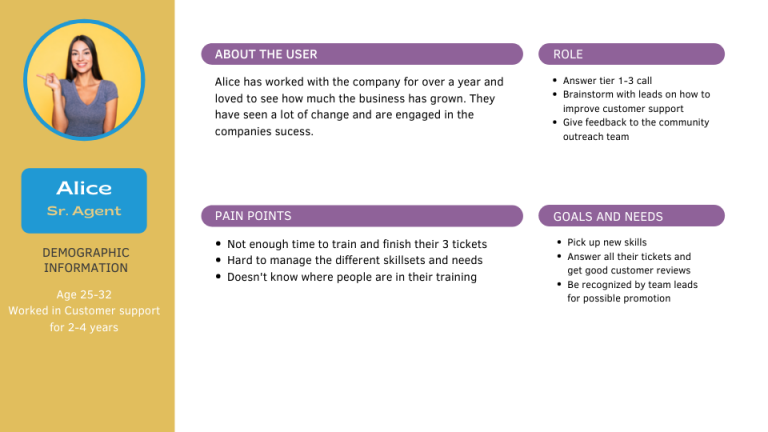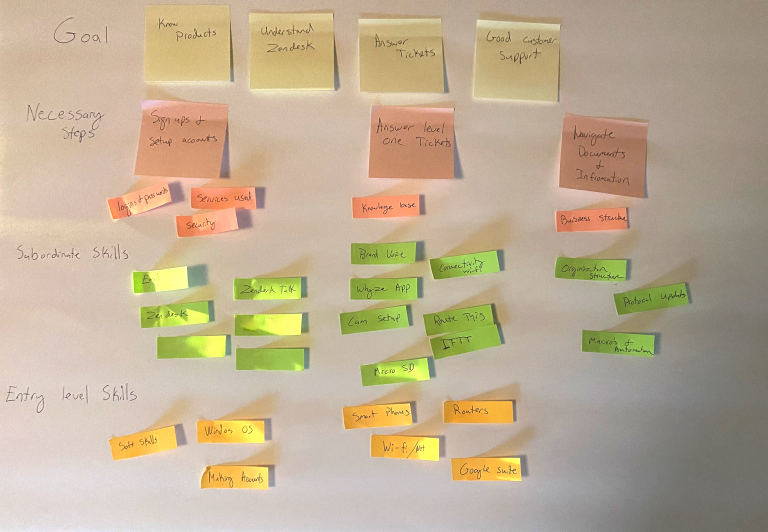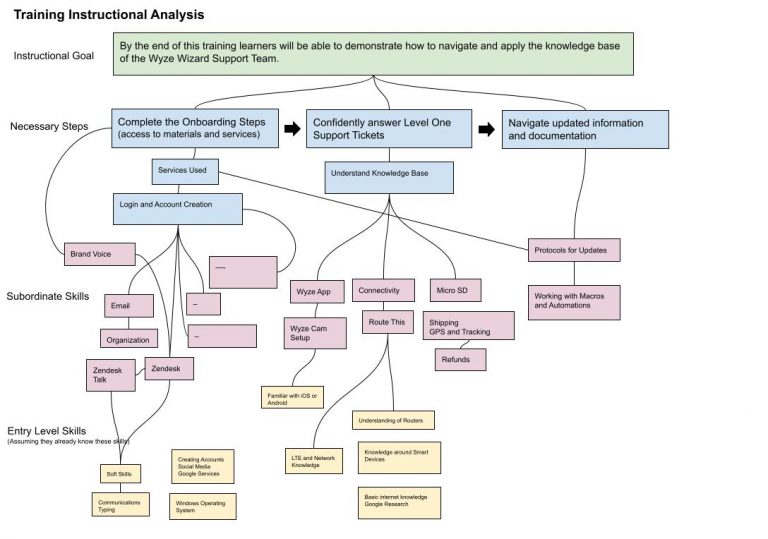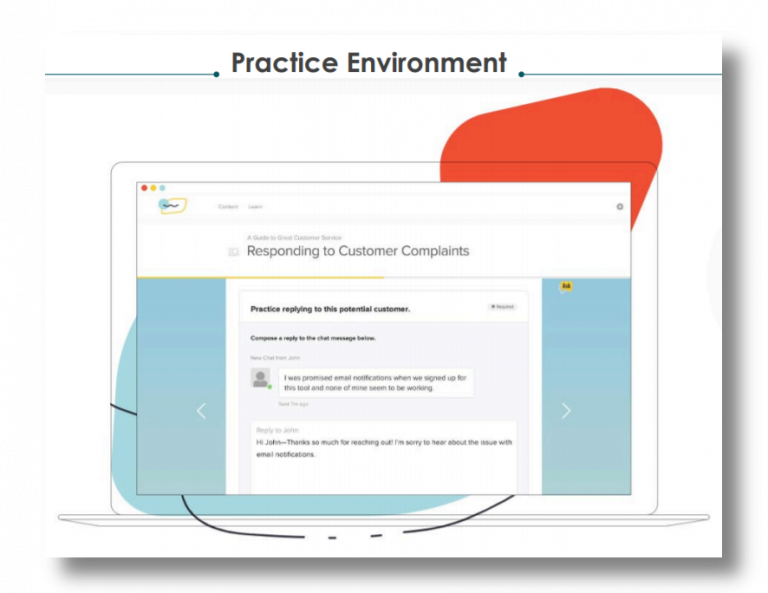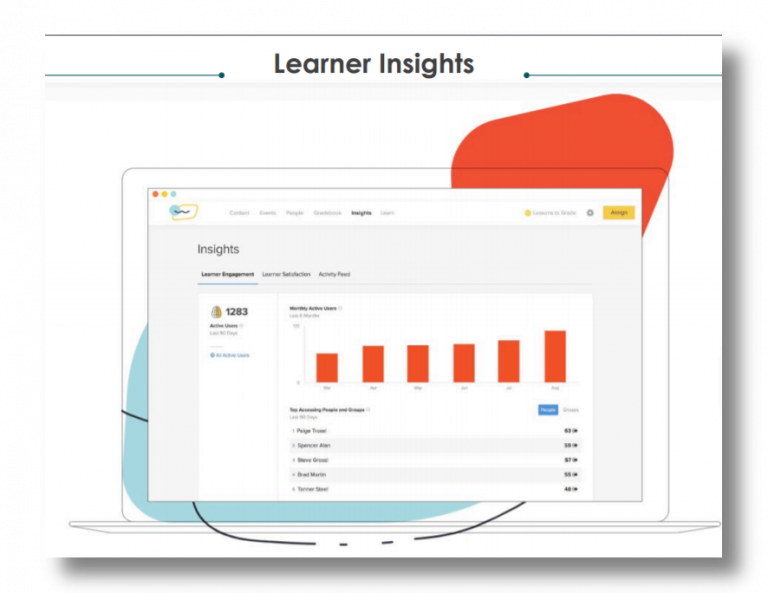Wyze Training Platform
Creating a scalable onboarding system to take Wyze's Customer Support Team
Client
Wyze
My ROLE
Instructional Design
User Research
LMS Implementation
Project Lead
Create Training SOPs
Objective
Creating a new standardized training course for customer support across in-house and outsourced teams.
Timeline
January 2019 – March 2020
Project overview
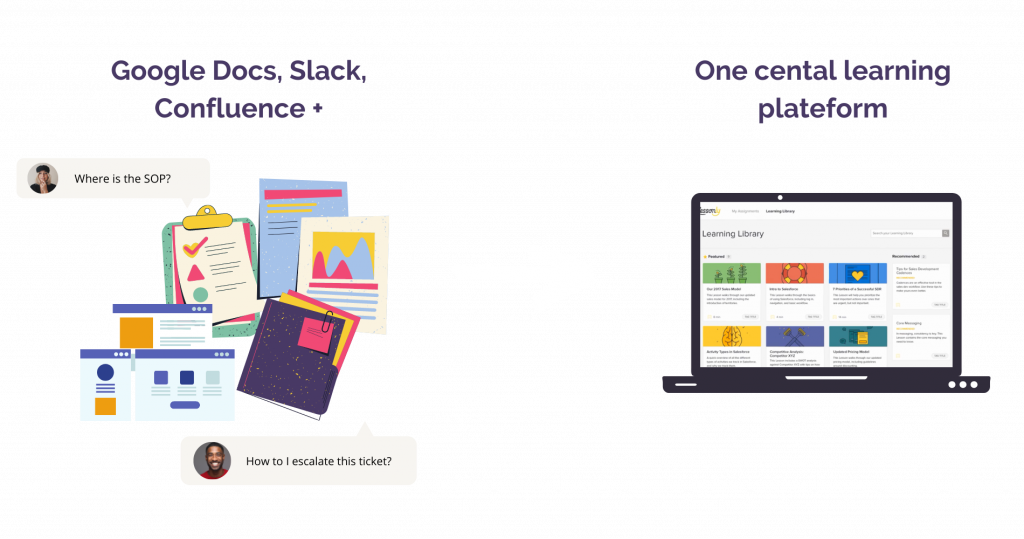
Challenge & goal
Wyze went from a small team to hiring five to ten people a month across multiple BPO’s. They needed to centralize their training online. Training became a bottleneck for Wyze’s growth and customer satisfaction. This had to be done FAST to help Wyze catch up with the required new agents. This meant we would have to work within the confines of a pre-build Learner Management System (LMS) for the backend of the course development.
Our goal was to create a hub for all the training material that was spread across multiple platforms and make a cost-effective solution for hiring. To uphold quality across multiple teams, we also needed metrics to track the quality of the new hires.
- Centralize all training material
- Make an eLearning hub for onboarding
- Measure training and identify knowledge gaps
- Integrate training knowledge base with Zendesk
Discovery
How might we…
- Clearly identify the training needs
- Map out the learning objectives
- Find any knowledge gaps
- Create an end-to-end learning experience that is easy and effective
Initial Research - Understanding The "As-Is"
Since the online training platform was going to be critical to Wyze’s growth we decided to invest a lot of time in preliminary research. I started by interviewing the customer support leads, managers and trainers. This helped me identify the scope of the training program
Manger Interviews
- Interviewed 14 different managers
- 10 standardized questions
- 3 open ended questions
- Recorded answers and looked for patterns and similarities
New Hire Interviews
- Interviewed the most recent hires
- Maped out their progress and time it took for completion as a baseline
Competitive Analysis
- Documented what other companies did for customer support training
- Compared LMS platforms and options
- Researched average cost of onboarding and employee training
After conducting interviews, I hosted an card sort activity with managers to understand the current state of training. This allowed me to make an affinity map that showcases where things are and problems that were arising.
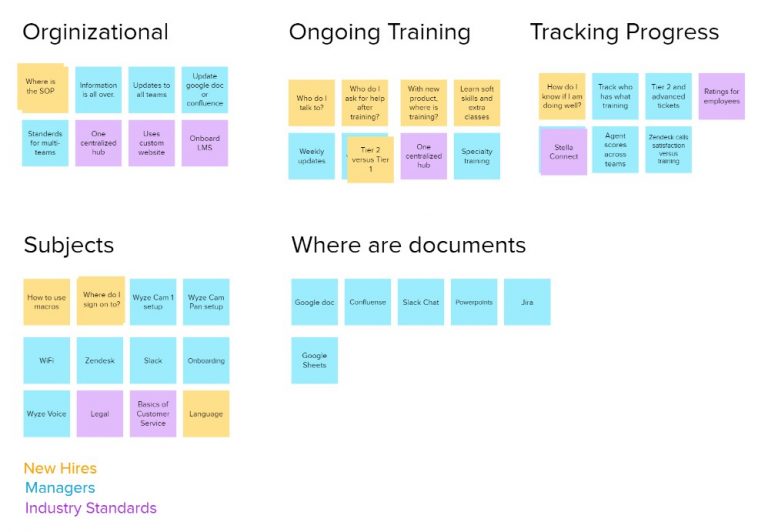
Define
Now I had a good idea of the team players and the scope of the project. I realized there were three main personas, Managers, New Hires, and Senior Agents, that I needed to keep in mind for the training program. All three had different needs for using the training platform I was developing.
Now with the key players in mind I went back to my interviews to look at what the training needs where. I realized I wanted a better understanding of what subjects should and should not be included in the course, so I did a brainstorming session with the managers and senior agents to identify the important topics.
After this session, I had the information I needed to build the informational architecture for the course. I continued to work with the Customer Support Managers to refine the curriculum as we went.
Time was of the essence with this project, so we had to make a lot of adjustments as we went, instead of spending extra time mapping it out and prototyping. After evaluation, the managers and I decided the lean learning approach would work best for the development of this course.
Choosing a Learning Management System
Before I moved on to the development stage, I wanted to decide which LMS platform we would use to deliver the course. This would help me in designing quizzes, activities, and other instructional material.
I did an analysis of the Learning Management Systems. After extensive testing, we decided on Leasonly to be the Learning Management System. The main reason was it was the only platform that allowed new trainees to practice directly into Zendesk, enabling customer service teams to learn new information, hone their skills, and drive better support.
Course Design
With the user research in hand, it was time to build out the online course. This included:
- Organizing the informational architecture and flow of the training
- Creating learner objectives for every module
- Work with subject matter experts to write lesson plans
- Write articles
- Create visual assets (such as graphics and videos)
- Create practice activities in Zendesk
- Implement all assets on Leassonly
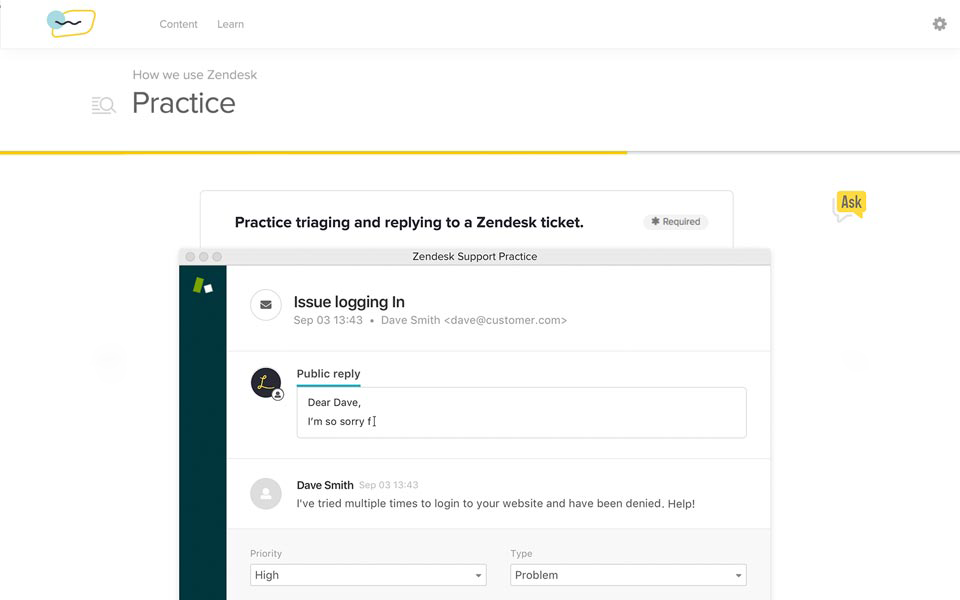
Zendesk practice activity in one of the customer support lessons
Most of the deliverables are under NDA with internal information of the company. However, some of my educational material was publicly released to help customers.
I made the following video from beginning to end. I wrote the script, recorded the audio, and edited the video.
Usability Testing
Our goal to get the course out as quickly as possible didn’t allow us to do a lot of user testing before launch. Instead, I did usability testing for the first employees that took the onboarding course.
I did a few screen-sharing sessions with learners to watch them go through the course. I also did interviews with the same learners to get qualitative data on the course. I then created surveys for other students to evaluate the effectiveness of the course.
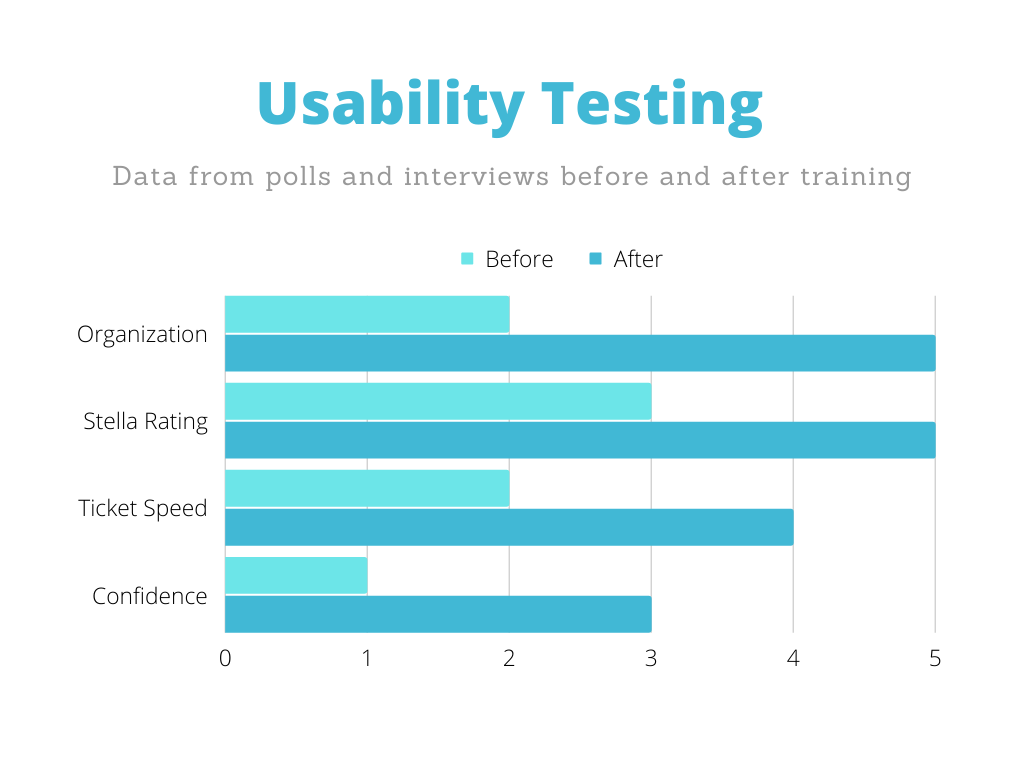
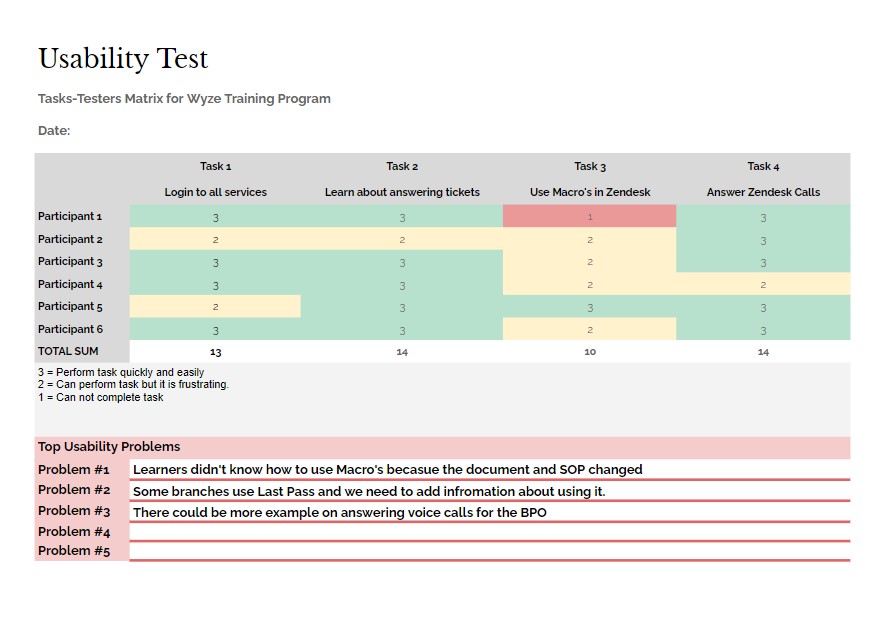
After usability testing, I discovered that a few learners had difficulty understanding the navigation of the course and where to find a few resources. I added a small lesson to fill in the knowledge gap. I checked with the next batch of hires and found that no one had an issue with navigation and a few sections that needed fixing.
Results
The onboarding course resulted in Wyze being able to scale it’s training program and helped go from Wyze from 30 customer support employees to 110 in six months.
The training program cut the time managers had to spend on training by 2/3’s. With the new speed in which Wyze could get new employees trained, and the time freed up with Management, the Customer Support team was able to increase productivity by 38% in a manner of months.
It also created a hub for training material making it easier to update across networks and offices. The online platform was instrumental in standardizing information across multiple offices. Using an LMS also gave Wyze a way to track employees learning with ongoing micro-courses and training.
What I would do differently
Because of the limited budget and resources, we missed out in opportunities to make this course even better. Here are some of the things I ended up learning:
- I would have liked to site in on managers training new employees as I developed the course.
- Lessonly is a great LMS, but it lacked when it came to customing and making scenario-based activities.
- I would have liked to implement AI chatbots into a learning environment so trainees could try out their skills and get a score at the end.
- Each of the BPO’s used our training platform but had to supplement with lessons on their own procedures. I would have liked to include them more in the development.
